“The moon is beautiful, isn’t it?” is often cited as a classic example of Japanese indirectness and subtlety in communication. This phrase, believed to have been popularized by the Meiji-era novelist Natsume Soseki, translates the English phrase “I love you” into a more indirect and poetic Japanese expression.
Soseki supposedly suggested that a Japanese person would not say “I love you” directly, as it’s too blunt, and instead would use a more roundabout expression like “The moon is beautiful, isn’t it?” This reflects the Japanese aesthetic of subtlety and indirectness in expressing emotions.
Where did this phrase come from?

The phrase “The moon is beautiful, isn’t it?” as a poetic and indirect way to say “I love you” in Japanese, is attributed to Natsume Soseki, a prominent Japanese novelist of the Meiji era. Soseki, who lived from 1867 to 1916, was also an English teacher.
According to popular anecdotes, when he was teaching English, he felt that the direct translation of “I love you” into Japanese was too blunt and straightforward for the Japanese context.
In Japanese culture, especially during that era, direct expressions of personal emotion were not common, and the language often relies on subtlety and implication.
Soseki suggested using the phrase “Tsuki ga kirei desu ne” (月が綺麗ですね), which translates to “The moon is beautiful, isn’t it?” as a more culturally appropriate way to convey deep affection or love.
This phrase captures the Japanese aesthetic of expressing emotions indirectly, through reference to nature and shared experience, rather than through direct statement.
This anecdote about Soseki and his translation choice reflects broader themes in Japanese literature and communication, where emotions and intentions are often conveyed through implication and the context of the conversation, rather than direct statement.
It’s a notable example of how translation is not just about converting words from one language to another, but also about adapting ideas and expressions to fit the cultural and emotional contexts of the audience.
Who is Natsume Soseki? Natsume Sōseki (夏目 漱石, 9 February 1867 – 9 December 1916), born as Natsume Kin'nosuke (夏目 金之助), was a renowned Japanese novelist. He is best known for his novels "Kokoro", "Botchan", "I Am a Cat", "Kusamakura" and his unfinished work "Light and Darkness". Sōseki was a scholar of British literature and also wrote haiku, kanshi poetry, and fairy tales. His works focused on the transformation of Japan from a traditional country to a modern nation, describing the plight of Japanese intellectuals caught between the contradictions of tradition and modernism. He was the first to effectively depict the plight of the alienated modern Japanese intellectual.
How to respond “The Moon Is Beautiful, Isn’t It?”
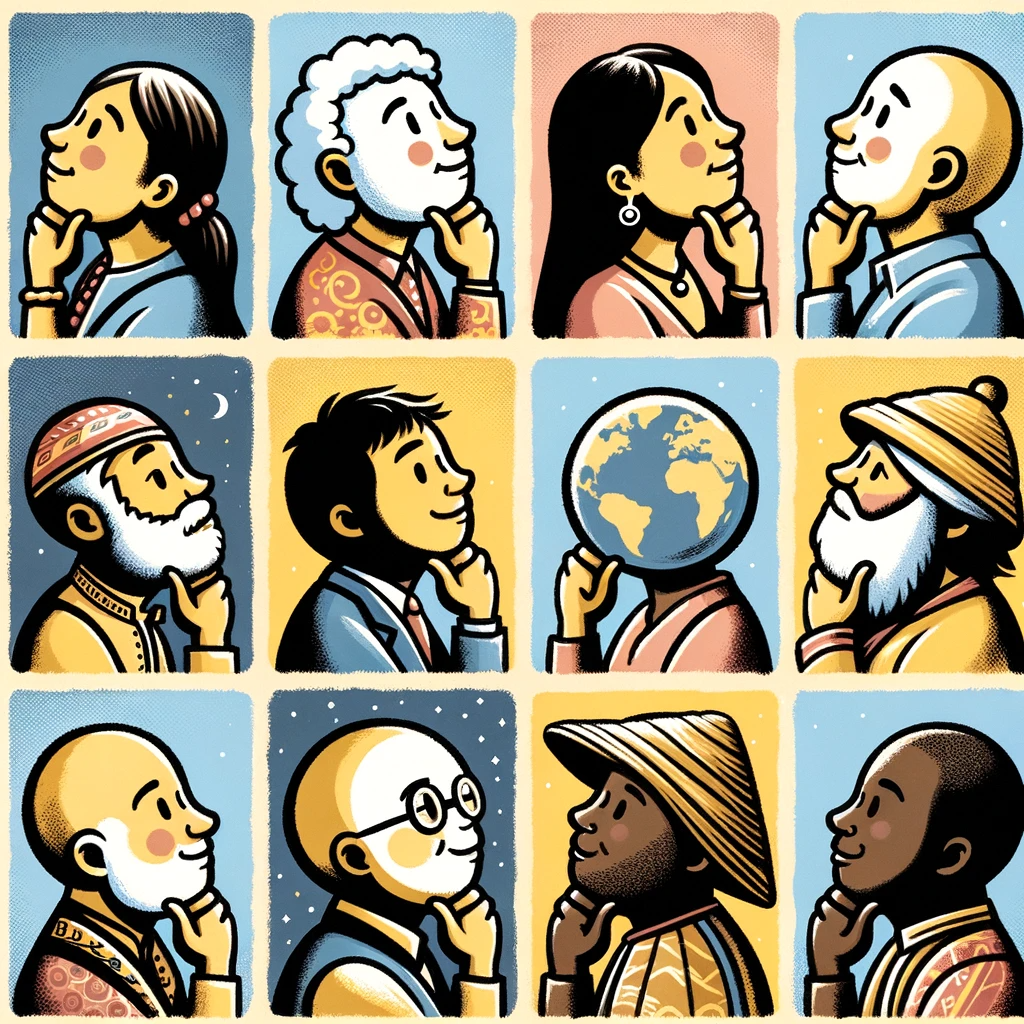
Responding to the phrase “The moon is beautiful, isn’t it?” depends on the context and your relationship with the person saying it.
If you’re aware of the cultural and literary background of the phrase as an indirect way of expressing affection (akin to saying “I love you” in a subtle way), your response can be equally nuanced and poetic. Here are a few suggestions:
Here are ten varied responses to the phrase “The moon is beautiful, isn’t it?” which reflect different contexts and relationships:
- Romantic and Poetic: “Yes, it’s as enchanting as this moment we’re sharing.”
- Playful and Light-hearted: “It is! Almost as beautiful as your smile.”
- Philosophical and Thoughtful: “Indeed, it makes one ponder about the mysteries of the universe.”
- Artistic and Creative: “It is. It’s like a perfect painting hung in the night sky.”
- Direct and Honest: “I agree, it’s lovely. Is there a special reason you brought it up?”
- Friendly and Casual: “Totally! It’s a great night for a moonlit walk, isn’t it?”
- Reflective and Personal: “It is. It always makes me feel a bit nostalgic, you know?”
- Humorous and Witty: “Absolutely, but it’s not as good at lighting up my room as my night lamp.”
- Inquisitive and Engaging: “Yes, it’s stunning. Do you often spend time stargazing?”
- Simple and Agreeable: “Certainly is. Nights like these are rare.”
Each response caters to a different tone and relationship dynamic, from romantic and playful to thoughtful and casual. The key is to match your response to the mood of the conversation and your relationship with the person.
Keep in mind:
- Acknowledging the Sentiment: If you wish to reciprocate the sentiment, you could respond with another poetic or nature-related phrase. For instance, “Yes, and it shines even more brightly tonight,” which subtly acknowledges and returns the sentiment.
- Simple Agreement: If you’re not sure about the intention behind the phrase or if you just want to agree about the beauty of the moon, a simple “Yes, it’s very beautiful” would suffice.
- Expanding the Conversation: You could use it as an opportunity to engage in a deeper conversation about the beauty of nature, life, or shared experiences. For example, “It is. It reminds me of the beauty in simple things.”
- Cultural Reference: If you both are aware of the Natsume Soseki reference, you might respond with a light-hearted comment about it, like “Natsume Soseki would be proud,” as a way to acknowledge the cultural reference while keeping the conversation light.
- Direct Approach: If you’re in a context where direct communication is more appropriate, or if you want to clarify the intent, you could respond with a straightforward question like “Are you trying to say something more?”
Remember, the key lies in the tone and the context of the conversation. The response should be appropriate for the situation and your relationship with the person.
Reasons behind saying
“The moon is beautiful, isn’t it?” The phrase “The moon is beautiful, isn’t it?” carries a deeper meaning, especially in the context of Japanese culture and communication. Here are some reasons why this phrase is used:
- Indirect Expression of Affection: In Japanese culture, direct expressions of love or affection, like saying “I love you,” can sometimes be seen as too blunt or forward. The phrase “The moon is beautiful, isn’t it?” is a more subtle and poetic way to convey deep feelings, akin to an indirect confession of love.
- Cultural and Literary Reference: This phrase is famously attributed to Natsume Soseki, a renowned Japanese novelist. He suggested translating “I love you” in this indirect way to fit the Japanese context. This literary connection adds a layer of cultural depth and sophistication to the phrase.
- Aesthetic of Subtlety: Japanese aesthetics often appreciate subtlety, implication, and the unspoken. Using a reference to natural beauty like the moon to imply something more personal is in line with this aesthetic, valuing what is not said as much as what is.
- Shared Experience: Talking about the beauty of the moon creates a moment of shared experience and mutual appreciation of nature. It’s a way of connecting with someone on a deeper level without the need for explicit statements.
- Emotional Nuance: The phrase allows for a range of emotional nuances that might be lost in a direct statement. It opens up space for feelings of longing, appreciation, and shared understanding that go beyond mere attraction.
- Creating a Mood: The mention of the moon sets a romantic or contemplative mood. It can shift a conversation from the mundane to the poetic, inviting both parties to reflect and appreciate the moment.
- Respecting Social Norms: In societies where overt emotional expression is less common, such phrases allow people to communicate their feelings within accepted social norms, avoiding discomfort or social awkwardness.
- Universal Beauty: The moon is a universally recognized symbol of beauty and tranquility. Referencing it can evoke a sense of peace and shared human experience, transcending cultural and linguistic boundaries.
- Safety in Ambiguity: The indirect nature of the phrase allows for a safe expression of feelings. If the sentiment isn’t reciprocated, both parties can retreat without embarrassment, preserving their dignity and relationship.
- Encouraging Interpretation: Such a phrase invites the listener to interpret the meaning, engage their imagination, and consider the deeper feelings and intentions behind the words.
In essence, “The moon is beautiful, isn’t it?” is much more than a mere observation about the moon; it’s a nuanced, poetic, and culturally rich way to communicate feelings, particularly in contexts where direct expression is less common.
The Moon Is Beautiful, Isn’t It معنی فارسی معنی عبارت
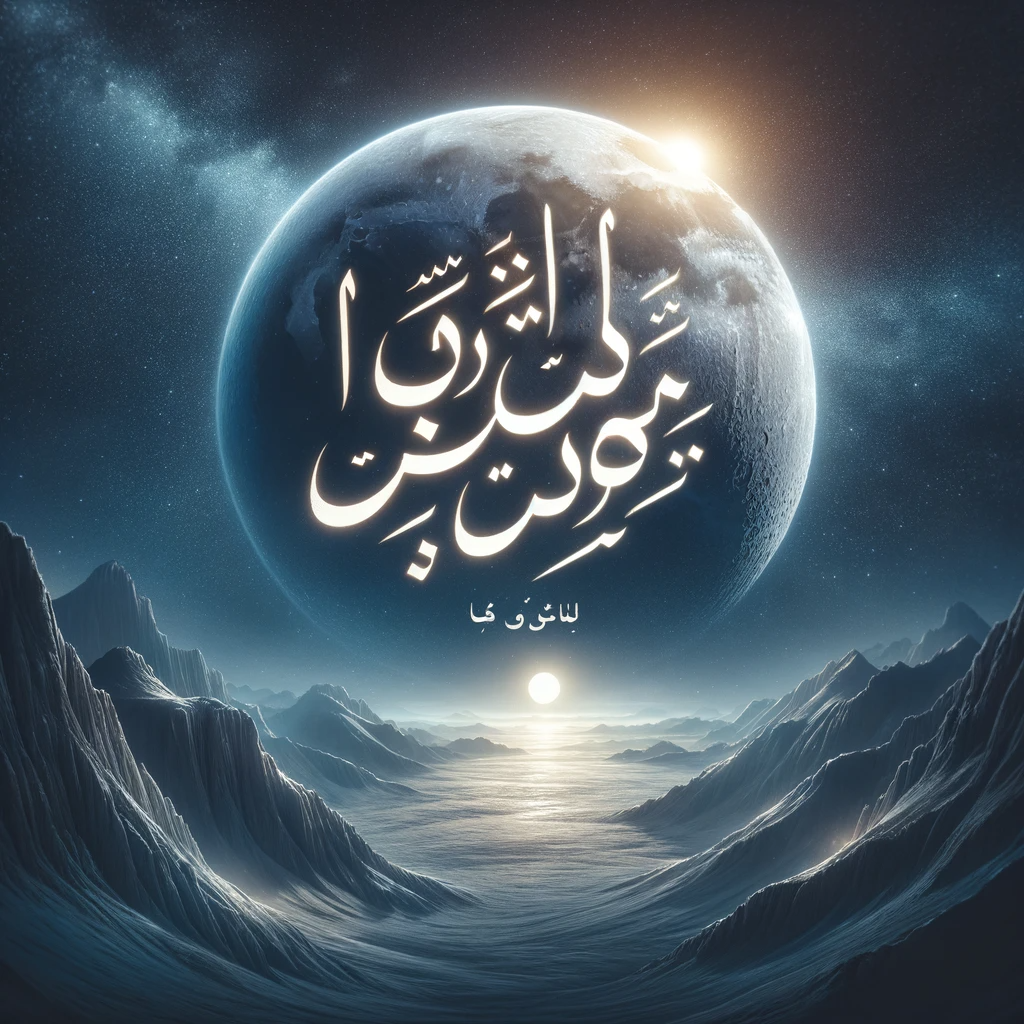
“The moon is beautiful, isn’t it?” به فارسی این است: “ماه زیباست، نه؟”. این جمله بیشتر به صورت کنایه برای بیان احساسات عمیق یا عشق به کار میرود.
The Moon Is Beautiful, Isn’t It meaning in urdu

In Urdu, “The moon is beautiful, isn’t it?” translates to “چاند بہت خوبصورت ہے، ہے نا؟” (Chand bohat khubsurat hai, hai na?). This phrase is often used metaphorically to express deep emotions or affection in a subtle and poetic way.
The Moon Is Beautiful, Isn’t It japanese response
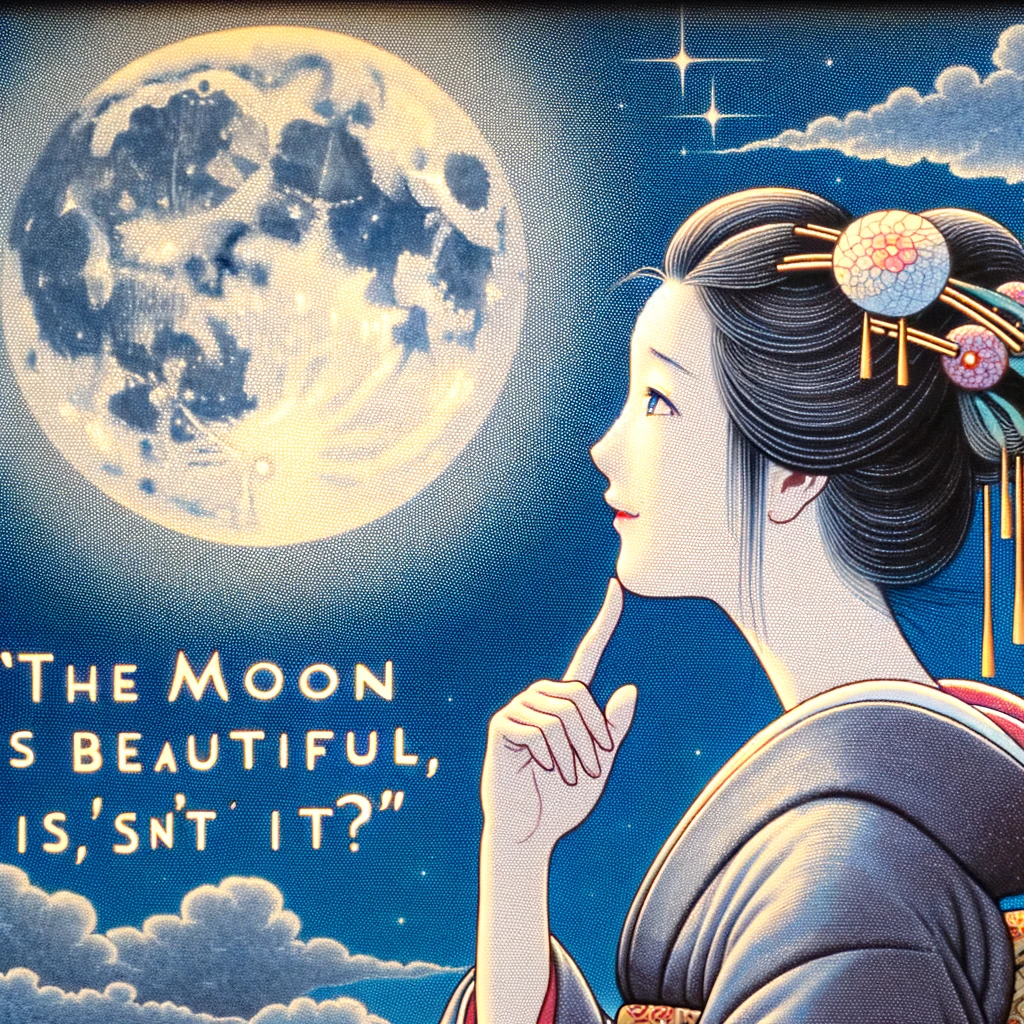
Responding to “The moon is beautiful, isn’t it?” in Japanese, especially if you understand the implied romantic context, can vary. A common and fitting response might be “はい、とても美しいです” (Hai, totemo utsukushii desu), which means “Yes, it’s very beautiful.”
This acknowledges both the beauty of the moon and the sentiment behind the statement, keeping the response within the realms of subtlety and indirect communication that the original phrase embodies.
the moon is beautiful isn’t it meaning in japanese In Japanese, the phrase “The moon is beautiful, isn’t it?” translates to “月が綺麗ですね” (Tsuki ga kirei desu ne). This phrase, especially in the context of Japanese literature and culture, is famously attributed to the novelist Natsume Soseki.
He suggested using it as a more subtle and indirect way to express the sentiment “I love you.” In Japanese communication, direct expressions of personal emotion are often avoided, so this phrase serves as a poetic and nuanced way to convey deep feelings.
The Moon Is Beautiful, Isn’t It but the stars are prettier
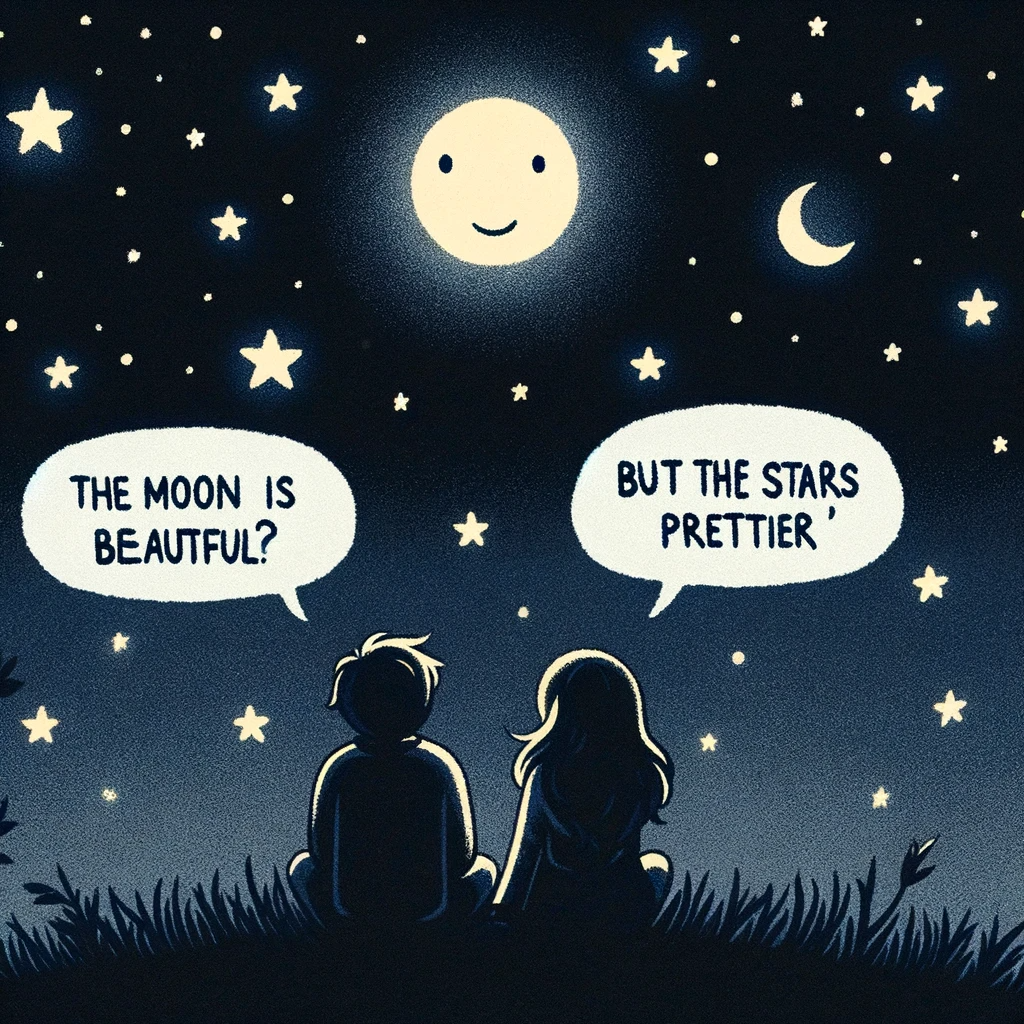
“The moon is beautiful, isn’t it? But the stars are prettier.” is a response that builds upon the poetic and indirect nature of the original phrase. This reply could be interpreted in various ways depending on the context and the relationship between the speakers.
It might be seen as a way to acknowledge the sentiment expressed about the moon while subtly shifting the focus to something else, symbolized by the stars.
This could be a metaphorical way of acknowledging someone’s feelings but gently steering the conversation in a different direction, or it might be a poetic way of expressing preference or highlighting the beauty in diversity and multitude, as represented by the stars.
The Moon Is Beautiful, Isn’t It in korean
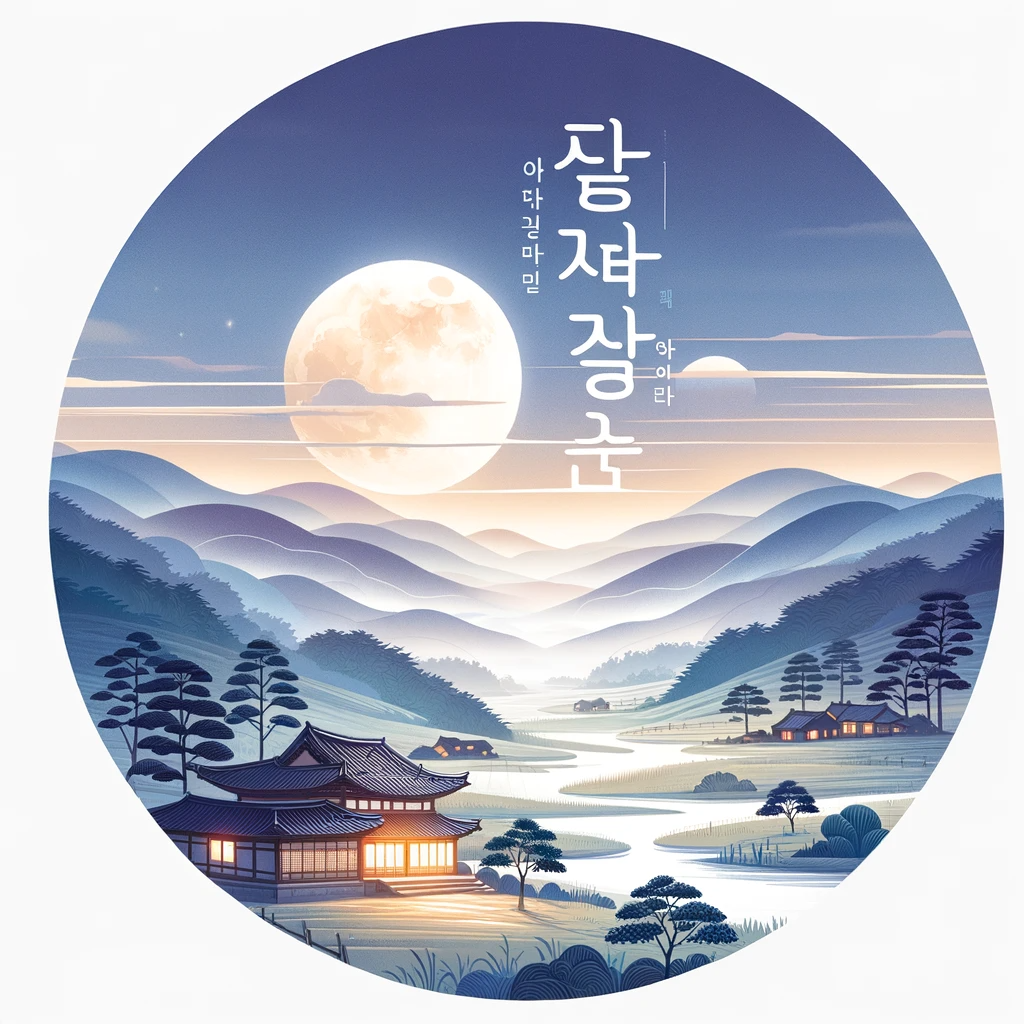
In Korean, “The moon is beautiful, isn’t it?” is translated as “달이 참 예쁘지요?” (Dari cham yeppeujiyo?). This phrase can be used in a similar poetic and nuanced manner as in Japanese, often to express a sentiment that is more profound than a mere observation about the moon’s beauty.
More Information
Here’s a table format summarizing the associations of “The moon is beautiful, isn’t it?” with various anime contexts:
| Context | Description |
|---|---|
| The Moon is Beautiful, Isn’t It? Anime | Refers to animes where this phrase might be used to convey romantic or poetic sentiments. |
| A Silent Voice | The phrase might be relevant in the context of this anime’s themes of communication and emotion. |
| The Moon is Beautiful, Isn’t It? Kanji | In Kanji, it’s written as “月が綺麗ですね” (Tsuki ga kirei desu ne). |
| Shinobu (Demon Slayer) | Shinobu, a character from “Demon Slayer,” might use or evoke this phrase in a poetic context. |
| Demon Slayer | The phrase could fit within the poetic and emotional themes present in “Demon Slayer.” |
| The Moon is Beautiful, Isn’t It? Anime Scene | Could refer to a specific scene in an anime where this phrase is used to express unspoken feelings. |
Please note: The usage of this phrase in specific animes like "A Silent Voice," "Demon Slayer," or by characters like Shinobu would depend on the script and context of the series. The phrase is more broadly known for its cultural and literary significance in Japanese media.
FAQs: “The Moon is Beautiful, Isn’t It?”
1. What does it mean to say “The moon is beautiful, isn’t it?”?
Saying “The moon is beautiful, isn’t it?” is often more than just a comment on the moon’s beauty. In Japanese culture, this phrase, attributed to novelist Natsume Soseki, is a subtle and poetic way to express deep affection or love, akin to saying “I love you” in a more direct culture.
2. How do Japanese say “The moon is beautiful, isn’t it?”?
In Japanese, “The moon is beautiful, isn’t it?” is translated as “月が綺麗ですね” (Tsuki ga kirei desu ne). It’s used in a similar context as in English, often as a poetic, indirect expression of deep feelings.
3. What should I reply to, “The moon is beautiful, isn’t it?”?
Your response can vary based on the context and your relationship with the speaker. If you understand the romantic implication, a poetic or appreciative reply like “Yes, it’s very beautiful” works well. If the context is more casual, a simple agreement or a comment on the beauty of the night sky is suitable.
4. What does “The moon is beautiful tonight” mean?
While “The moon is beautiful tonight” can be a straightforward remark on the moon’s appearance, depending on context, it could also carry deeper emotional or romantic connotations. It might be used as a way to express feelings indirectly, especially in cultures or situations where overt emotional expressions are less common.
5. What does the moon mean in love?
In the context of love, the moon often symbolizes beauty, mystery, and a subtle, gentle illumination of feelings. Referencing the moon in romantic expressions can suggest a deep, often unspoken connection between people, highlighting a more poetic and nuanced approach to expressing love.
Wrapping Up: The Moon Is Beautiful, Isn’t It
“The Moon Is Beautiful, Isn’t It?” is a phrase with deep cultural significance in Japan, often used to indirectly express love.
It’s attributed to the famous novelist Natsume Soseki and reflects the Japanese aesthetic of subtly expressing emotions.
The response to this phrase can be nuanced and poetic, depending on the context and the relationship between the individuals.



![10 Best Bags for Nurses | Personal Recommendation [2023] 11 Best Bags For Nurses Reviews in 2021](https://knowworldnow.com/wp-content/uploads/2022/12/Best-Bags-For-Nurses-Reviews-in-2021.webp)



![F95Zone Games - The Ultimate Guide for 2021 [F95Z Guide] 15 F95Zone Games](https://knowworldnow.com/wp-content/uploads/2021/07/ArTtW5LrK3b-z-0-y-637f48d86203817a9042a857.webp)